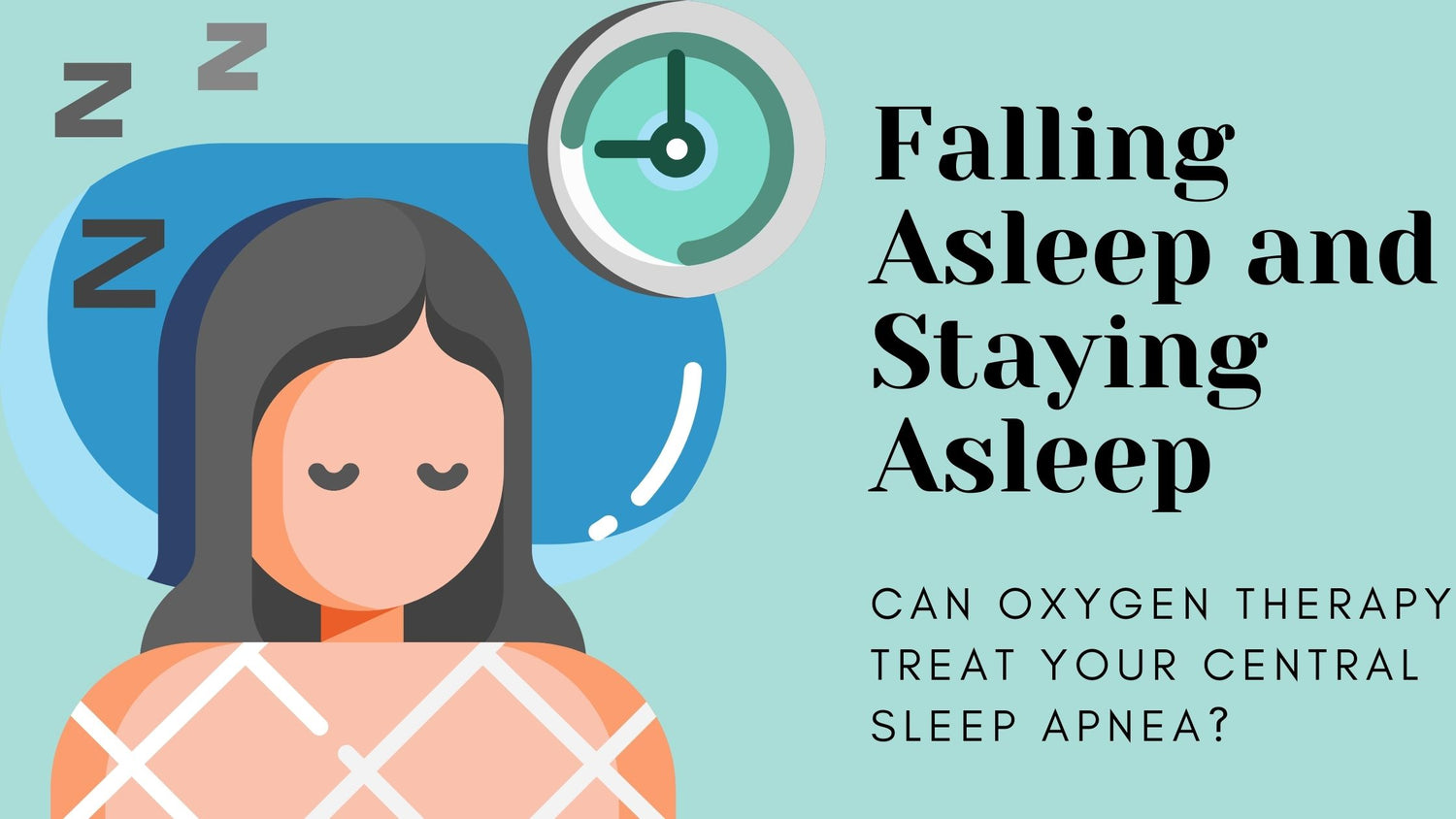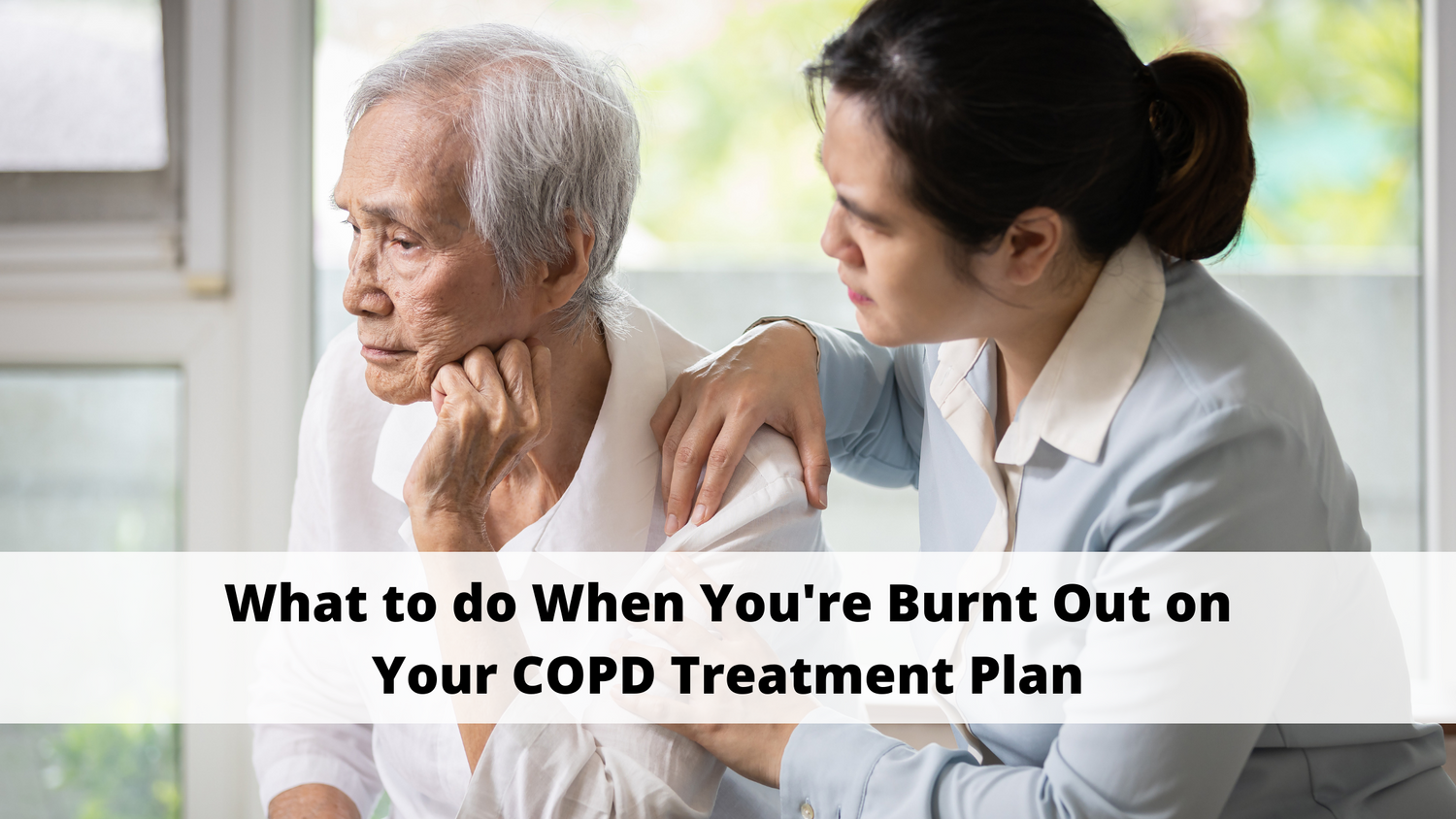Respiratory Resource Center - LPT Medical
Falling Asleep and Staying Asleep: Can Oxygen Therapy Treat your Central Sleep Apnea?
Getting enough sleep can help your well being...
Read MoreWhat to do When You're Burnt Out on Your COPD Treatment Plan
We’ve all experienced what it’s like to be burnt...
Read More


